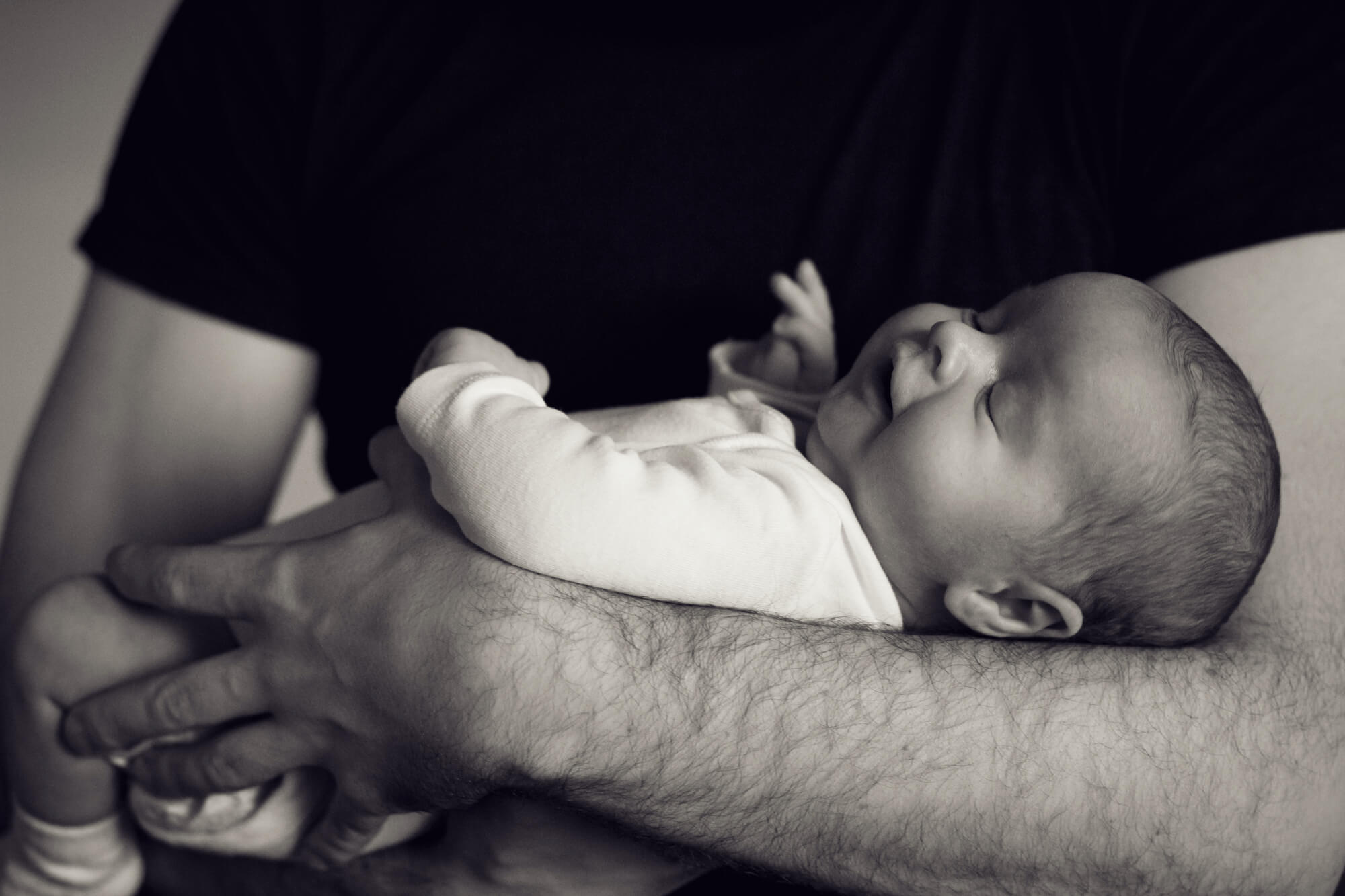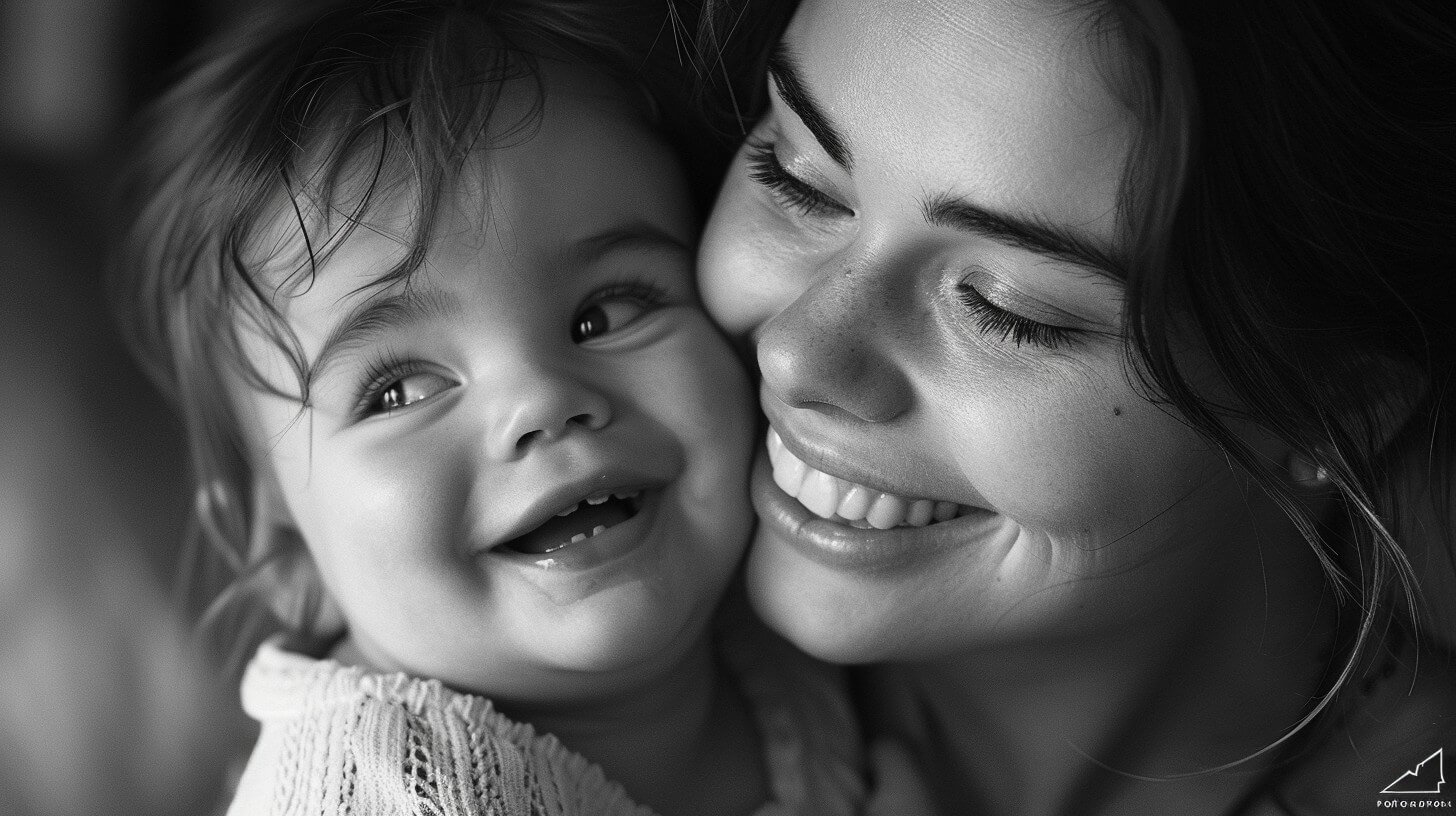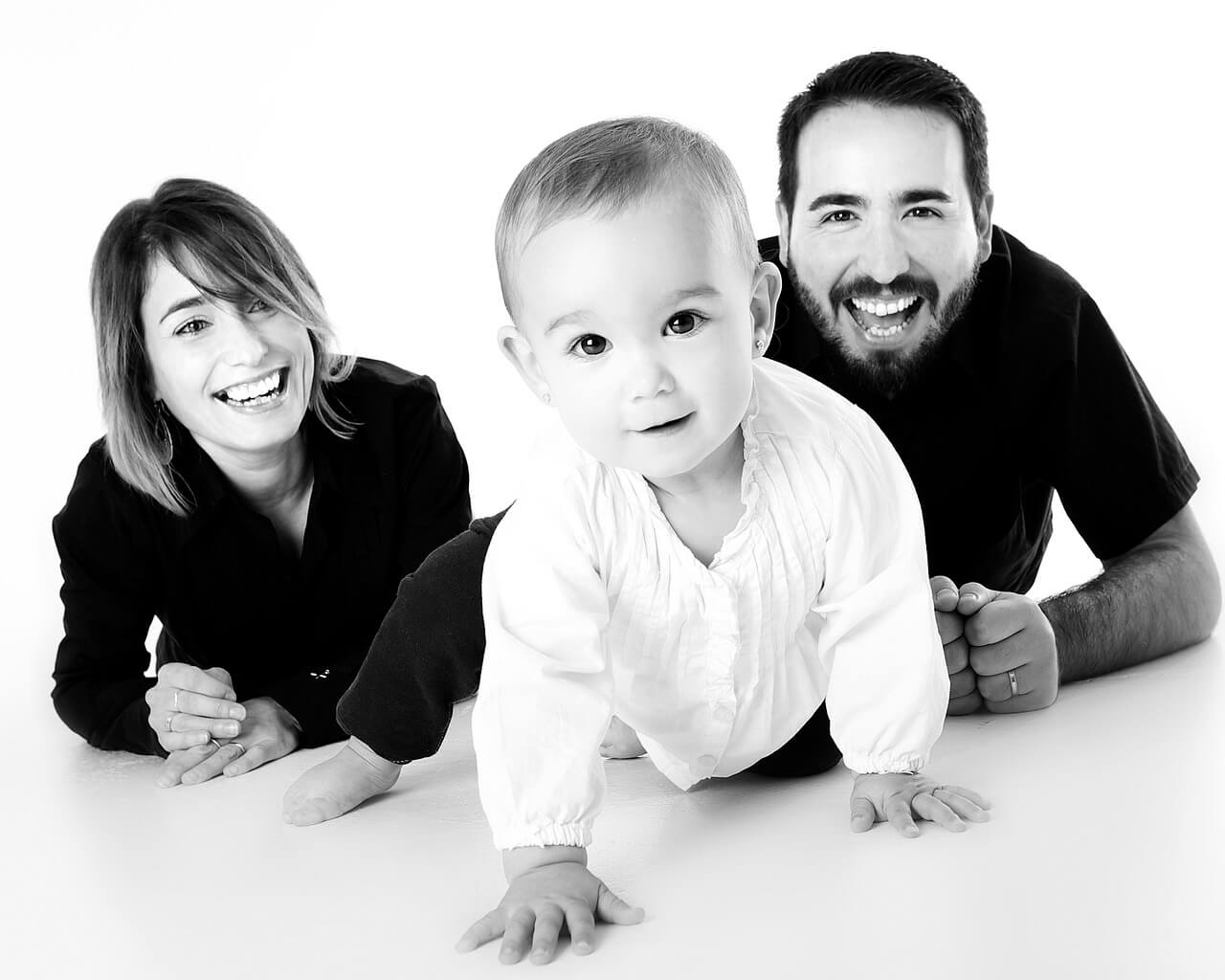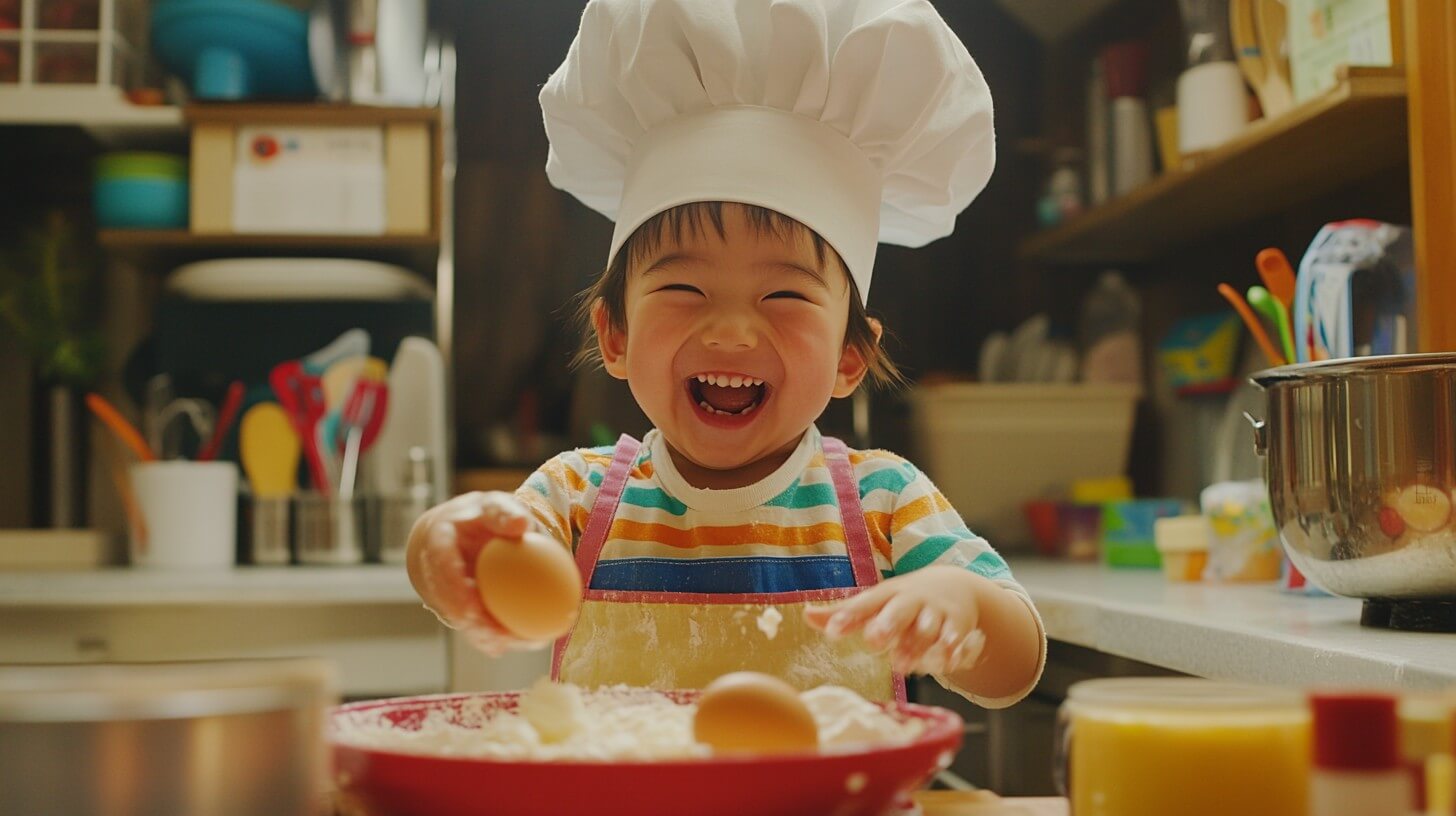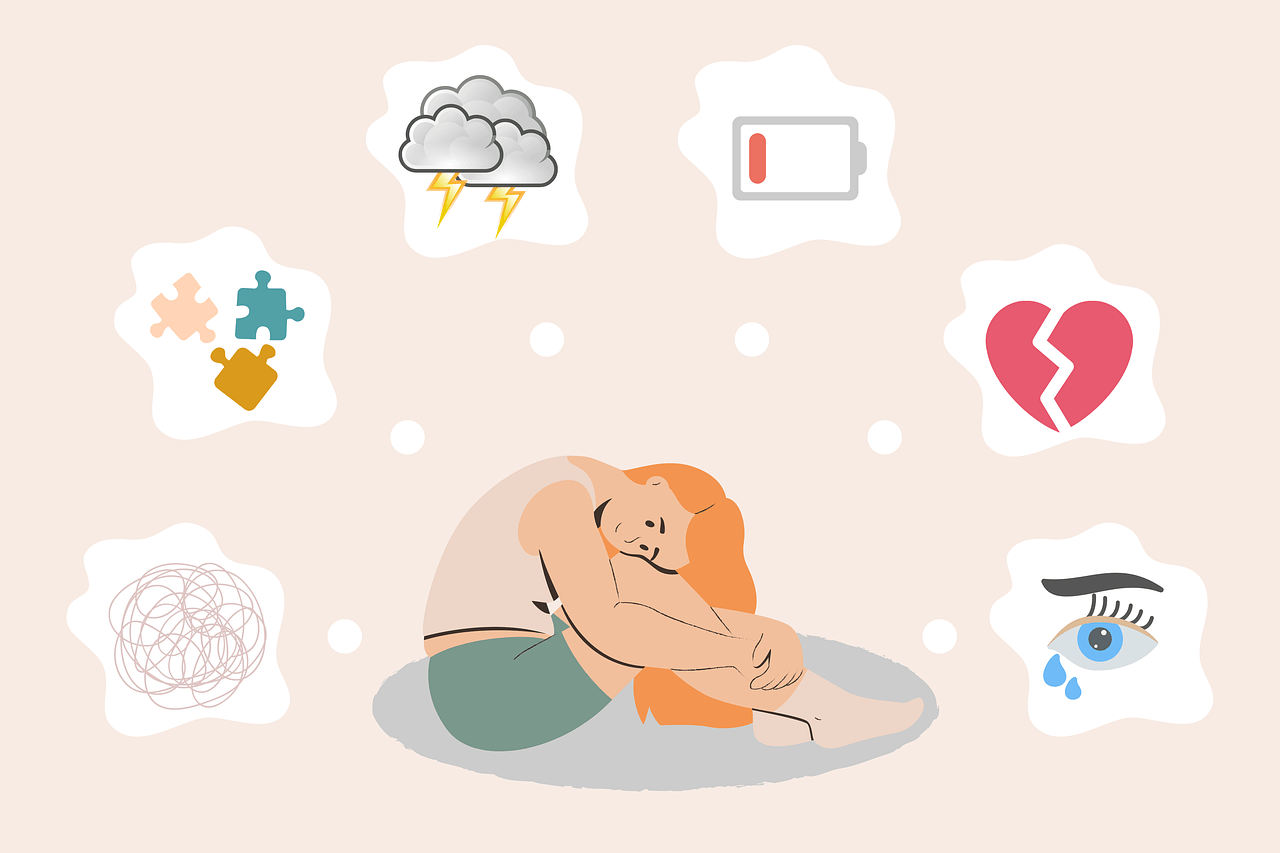Physical Milestones for a Toddler: Tiny Steps, Big Wins
During the toddler years, children experience remarkable changes in their physical abilities. These physical milestones for a toddler help parents track progress, celebrate achievements, and address any concerns early.
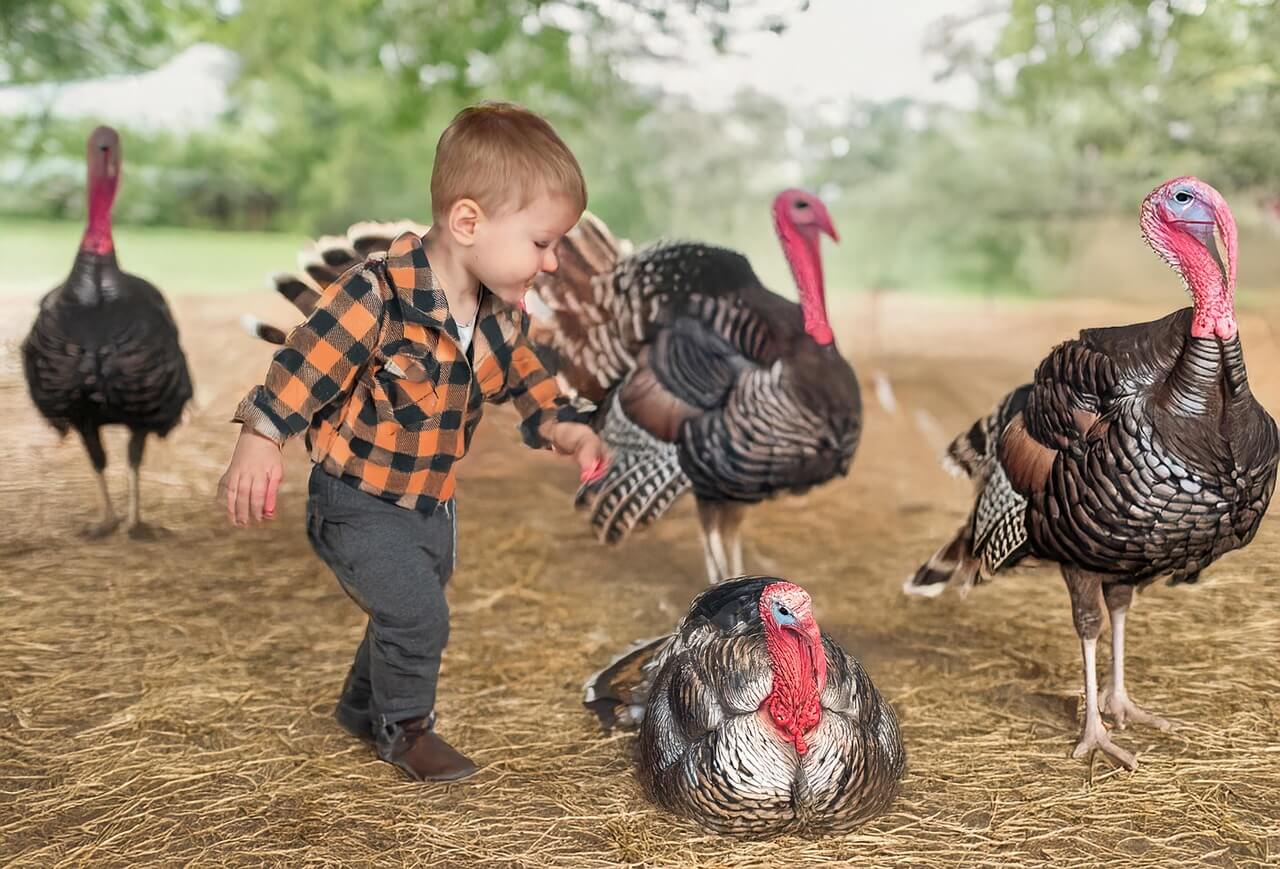
What you can expect as your child takes on the world—one tiny step at a time.
Why Are Physical Milestones for a Toddler Important?
Physical milestones help gauge a toddler’s development and ensure they are progressing as expected.
These milestones involve large motor skills (like walking and jumping) and fine motor skills (like grasping objects and stacking blocks).
While every child develops at their own pace, having a general understanding of what to expect can provide reassurance and guidance.
Major Physical Milestones by Age
12 to 18 Months: The First Steps Toward Independence
At this stage, toddlers are transitioning from babies to little adventurers. They are eager to explore, and their physical abilities start to reflect this.
- Walking: Most toddlers take their first steps between 12 and 15 months. Some may start earlier, while others may take a little longer.
- Standing Independently: Around this time, toddlers gain the confidence to stand without support.
- Climbing: You may notice your little one attempting to climb furniture, stairs, or anything within reach!
- Picking Up Small Objects: Fine motor skills improve as they grasp small items using their thumb and forefinger.
- Throwing a Ball: Some toddlers enjoy tossing a ball, which strengthens hand-eye coordination.
💡 Parent Tip: Encourage walking by letting your toddler roam in a safe space. Offer a push toy or hold their hand for support. Avoid using walkers, as they can pose safety risks.
18 to 24 Months: Gaining Strength and Confidence
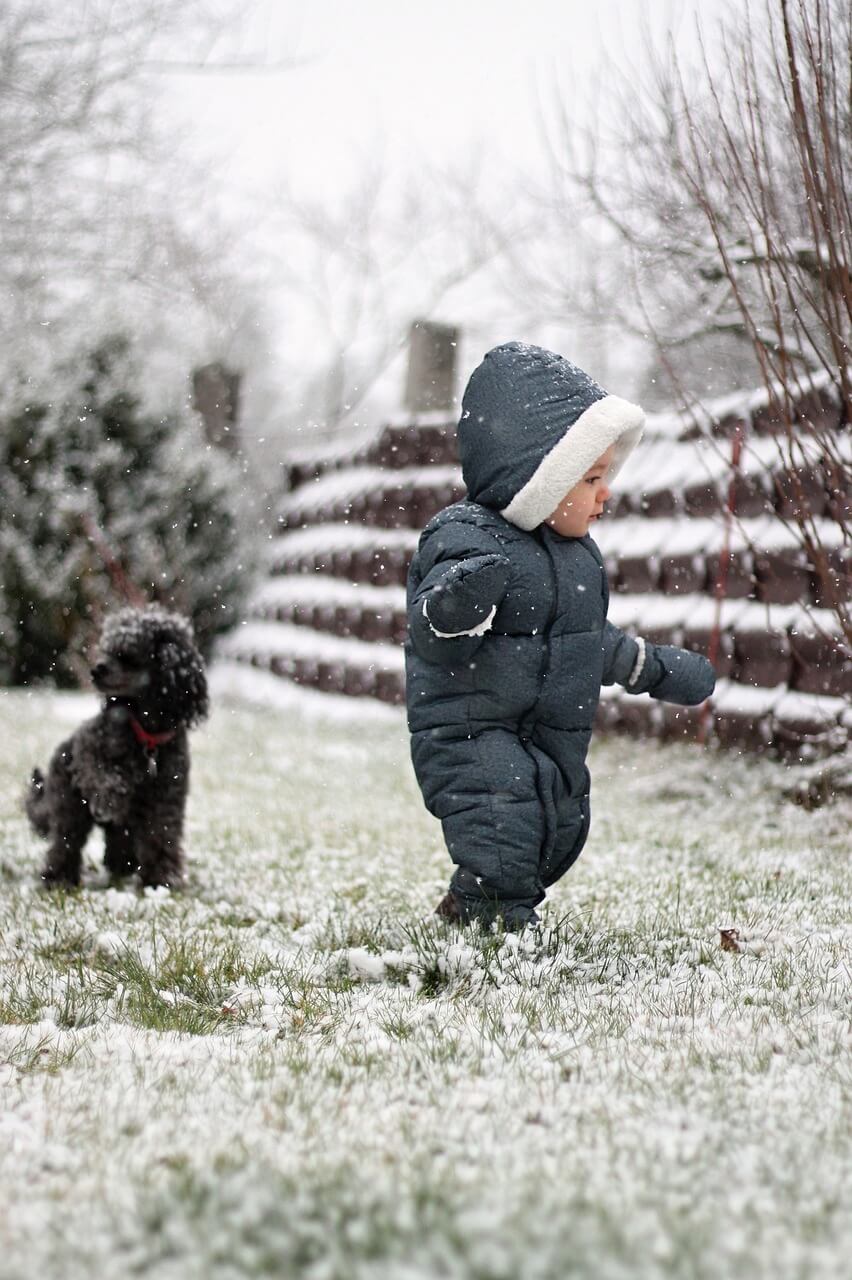
Your toddler is becoming more independent, and their physical abilities continue to advance.
- Walking Steadily: By 18 months, most toddlers can walk without falling frequently.
- Running: Running may still be a bit wobbly, but they love the freedom it brings.
- Climbing Skills Improve: You may find them climbing onto chairs, sofas, or even trying to get out of their crib.
- Kicking a Ball: Coordination improves, making it easier to kick a ball forward.
- Using a Spoon: Fine motor control develops, allowing toddlers to feed themselves more effectively.
💡 Parent Tip: Provide plenty of opportunities for movement. Take them to the park, let them run in an open area, and offer toys that encourage active play.
2 to 3 Years: Mastering Movement
By the time your child reaches age two, they are more confident in their movements and eager to test their limits.
- Jumping with Both Feet: Around age two, toddlers begin to jump off small steps or over tiny obstacles.
- Balancing on One Foot: Some toddlers can balance briefly, a skill that improves coordination.
- Walking Up and Down Stairs: At first, they may need to hold onto a railing, but soon they’ll manage on their own.
- Running with More Control: Their running becomes smoother, and they can change direction more easily.
- Building a Tower with Blocks: Fine motor skills continue to develop, helping them stack higher towers.
💡 Parent Tip: Encourage climbing and jumping in safe environments, like soft play areas or supervised outdoor spaces. Offer building blocks and puzzles to refine fine motor skills.
Do you have any funny toddler stories or tips to share? I'd love to hear them in the comments below.
Include:
- funny stories
- Experiences that could be helpful to other parents
- Share your toddler's milestones, social, intellectual or physical
- Anything that other Parents will enjoy reading about!
What If My Toddler Isn’t Meeting These Milestones?
It’s important to remember that every child develops at their own pace. However, if your child isn’t reaching key physical milestones for a toddler, consider speaking with a pediatrician.
Some red flags to watch for include:
- Not walking by 18 months
- Difficulty with balance or coordination
- Trouble using one side of the body more than the other
- Lack of interest in physical activities
Early intervention can help address any underlying concerns and provide support if needed.
How to Support Your Toddler’s Physical Development
As a parent, you play a crucial role in helping your toddler develop strong physical skills.
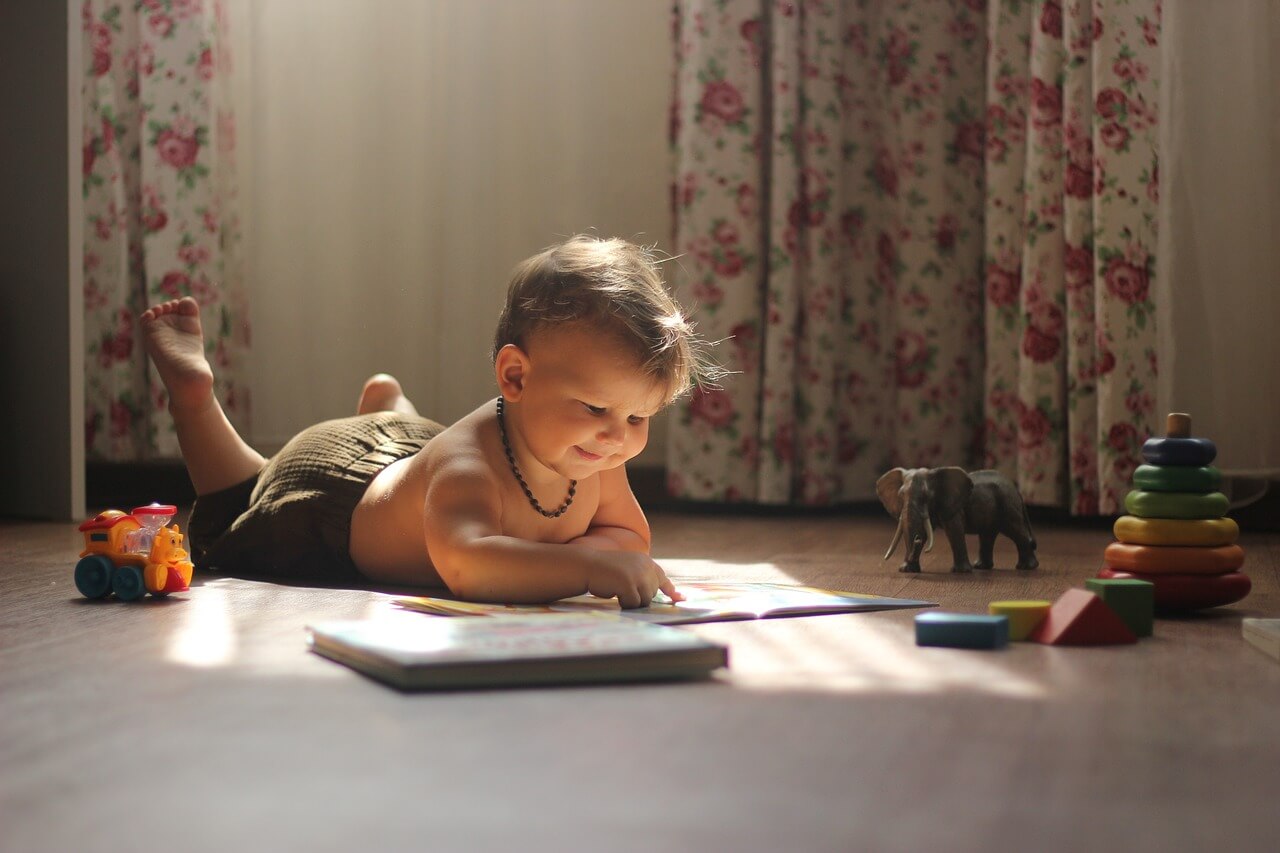
Here are some simple ways to encourage growth:
- Encourage Active Play: Any type of active play will help your child to build strength and coordination.
- Offer a Variety of Toys: Balls, blocks, ride-on toys, and puzzles all contribute to different aspects of physical development.
- Create a Safe Environment: Ensure your home is baby-proofed to allow safe exploration.
- Limit Screen Time: The American Academy of Pediatrics recommends minimal screen time for toddlers to promote active play.
- Celebrate Small Wins: Applaud your toddler’s progress and encourage them with positive reinforcement.
Watching Your Toddler Grow
Each new milestone your toddler experiences is a reason to celebrate, from those wobbly first steps to confident jumps, your child is developing the skills they’ll use for a lifetime.
Embrace this stage with patience and joy, knowing that each achievement is a building block for their future.
